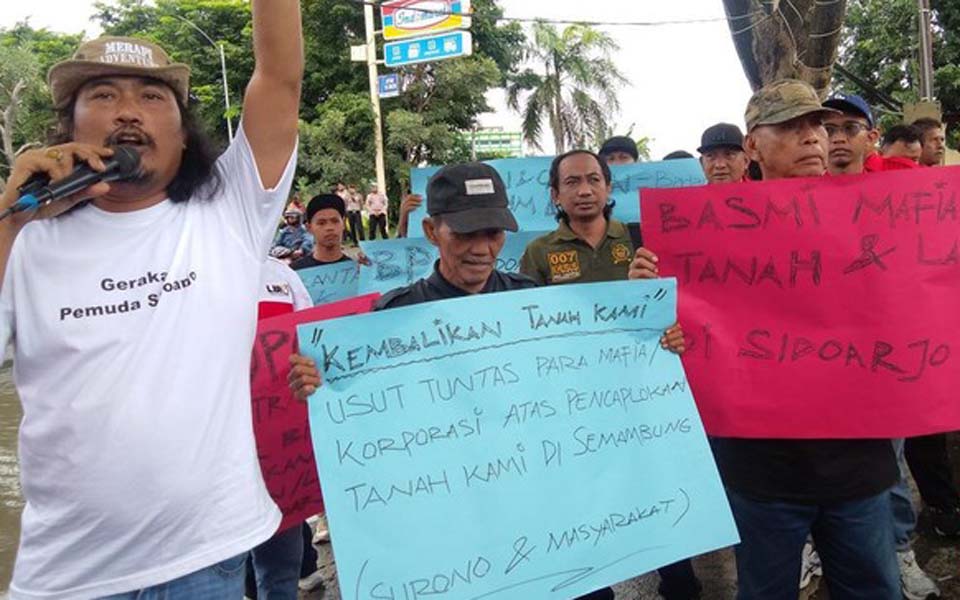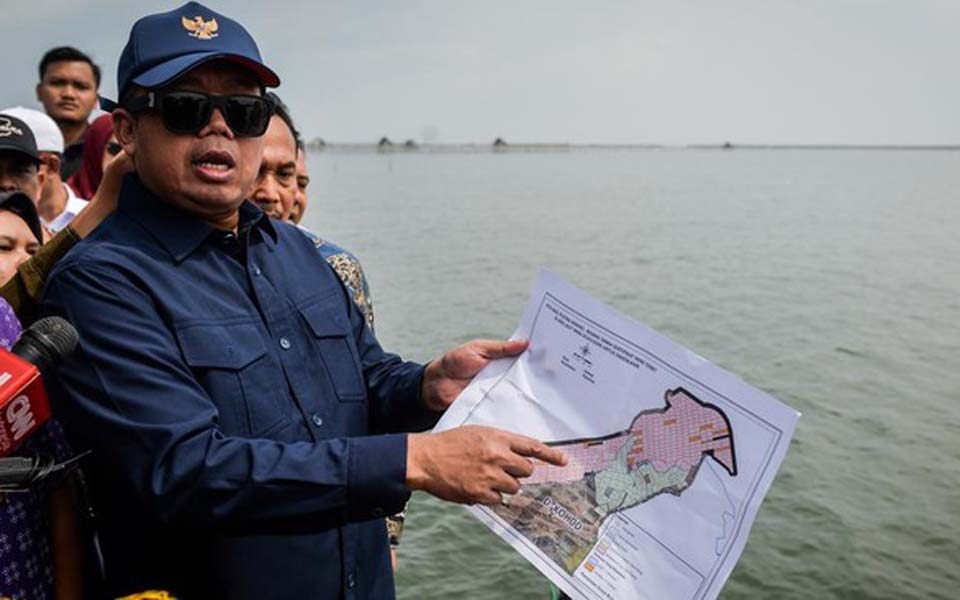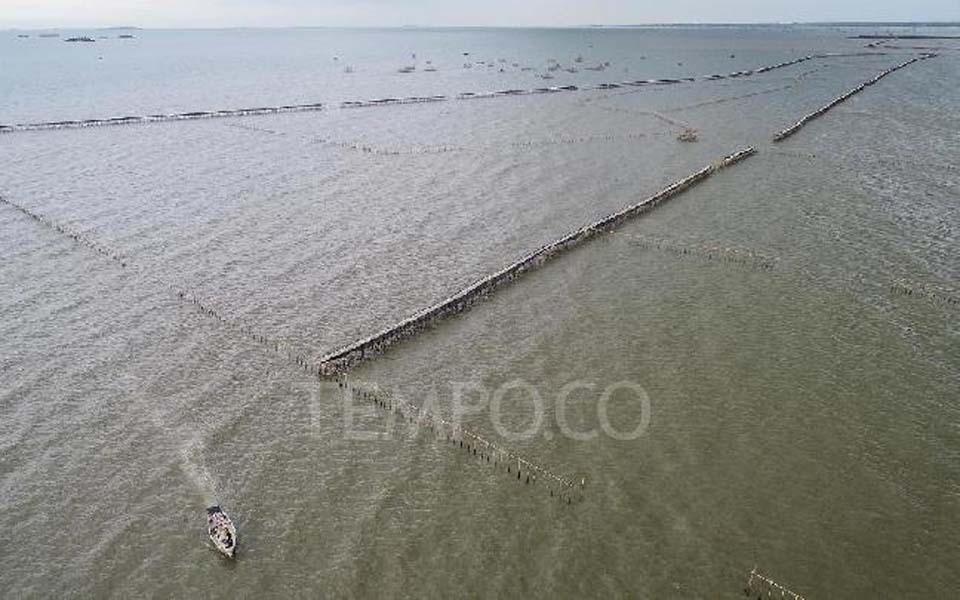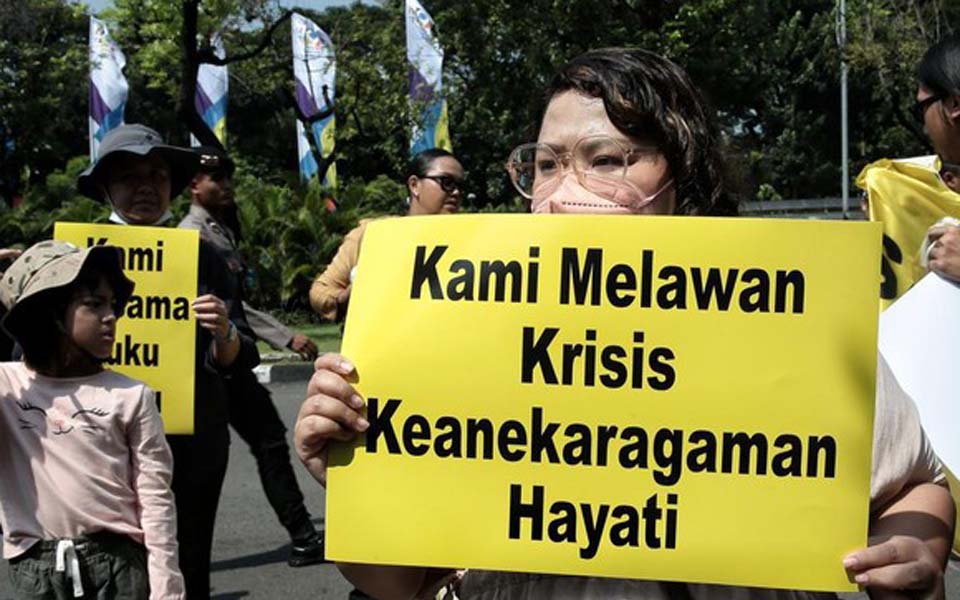Jakarta – The National Disaster Mitigation Agency (BNPB) says that since 2012 Indonesia has had no functioning early tsunami detection buoys.
“Since 2012 no buoys have been operational, yet they are needed for early warning. You can check with the BMKG [Indonesia’s Meteorology, Climatology and Geophysics Agency], why since 2012 none have been procured, perhaps it’s a problem of funds”, said BNPB data and information centre head and BNPB spokesperson Sutopo Purwonugroho at a press conference in Jakarta on earthquake relief efforts in Palu and Donggala, Sulawesi, on Sunday September 30.
During the press conference, he also lamented poor disaster mitigation efforts which have been hindered by a lack of funding.
“Finding for disaster [management] has continued to be cut every year. The threat of disasters has gone up, the number of disasters has risen, but the BNPB’s budget has in fact declined. This has affected mitigation efforts. The installation of early warning devices has been limited due to the continually declining budget”, said Purwonugroho.
In December last year Purwonugroho issued a similar warning stating that Indonesia’s 22 buoys spread across the archipelago are in a state of total disrepair.
The early warning system comprises a network of floating buoys in mid-ocean which detect tidal waves and tsunamis. The buoys are one of the fastest early warning technology options available to detect the occurrence of tsunamis.
Purwonugroho’s statement about the inoperative buoys was also confirmed by BMKG Tsunami and Earthquake Centre head Rahmat Triyono. “Yes, there are indeed no more [functioning buoys], so they no longer support BMKG data”, Triyono told CNN Indonesia by phone.
Triyono explained that the buoys are part of the Indonesia Tsunami Early Warning System grand design which was planned after the Aceh tsunami and earthquake in 2004. The buoys were installed at various points in the open sea from the Indian Ocean to Sumatra, South Java and so on.
“Because they are in the open sea there is no supervision. In fact they have all been lost. Lost to fisherpeople, some were taken, caught by anchors, dragged away by ships”, said Triyono.
“Some have even been found in the Angke Estuary after they were taken by fisherpeople. Because of their GPS they could be tracked. When [we] arrived they had already been cannibalised, dismantled”.
Triyono himself stated that previously the agency responsible for the procurement of the buoys was the Agency for Assessment and Application of Technology (BPPT), not the BMKG.
“In the year I began [working with the BMKG] in 2007-2009 they had begun being installed in the open sea. But from the start they weren’t able to send supporting data to us, to the BMKG. What’s clear is that in 2011 they all been installed and that data should have been sent to BMKG to support modeling”, he said.
Triyono stated that the BMKG is still carrying out its early warning function but without data from the buoys they have to rely a system based on tsunami modeling.
“So it’s using tsunami modeling, scenarios. Currently we have around 18,000 tsunami models”, he said. “But if this included data from the buoys, of course the scenario would be more accurate, because there would be observation data”. (tst/vws)
[Translated by James Balowski. The original title of the article was BNPB: Seluruh Buoy Deteksi Tsunami di Indonesia Rusak.]















